
ExoticReptilesNZ
-
Posts
51 -
Joined
-
Last visited
Content Type
Profiles
Forums
Events
Plant Articles
Fish Articles & Guides
Clubs
Gallery
Posts posted by ExoticReptilesNZ
-
-
Fascinating stuff. Would love to see more photos - especially of the reeves natural habitat
 quote]
quote]Sorry, couldn't get quote savvy...
Been going through pics, and no good ones of Reeves habitat. Most of the Reeves I dealt with were hatchlings at the university where I was working. Looking back, that 2nd pic I posted may actually be another Mauremys species (Chinese striped-necked turtle). Our main study site was a freshwater lake on an island in a big river in southern China. A few ephemeral ponds were utilised by the native species more than the red-ears.
On an interesting aside, local fisherman would often catch our radio-tagged sliders and hold them for ransom. Yet another challenge to turtle research in this region...
I'll see what other pics I can dig up...
-
heres a pic from my trip to madagascar

Nice. While I was there I heard a story about 2 Russian girls that had booked a 3-week trip to see the penguins and giraffe in the "Madagascar" movie. I assume they were bit disappointed...
-


Wow! Those photos are great! Especially the first one. Calendar quality!

-
our young fella has done galapagos doing madagascar next year
Awesome. I've done both and am still struggling to pick a favourite...
-
I would be wanting to fill my pockets but would have to resist the temptation.
Tell me about it. My tour guide wanted to check my bag after I saw the baby ring-tailed lemurs (there were twins...flipping adorable)...
-
Here are a few pics from my time in Madagascar earlier this year. Admittedly, most of the reptile photos are from a reptile park. I did see heaps of species in the wild, but the photos of the captives turned out better
 Hope you like.
Hope you like.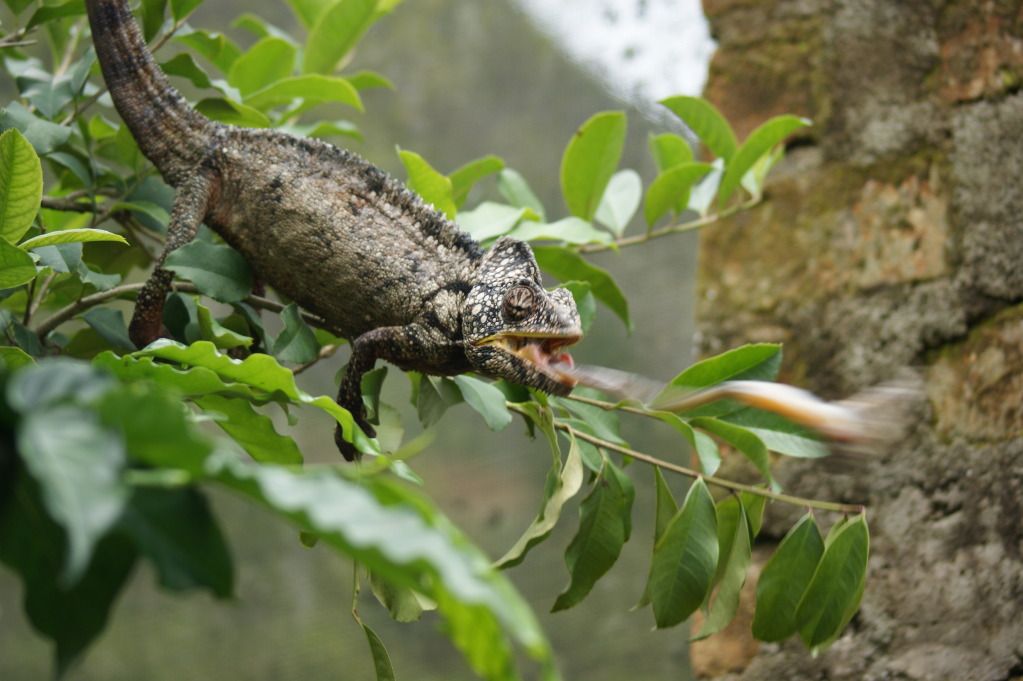
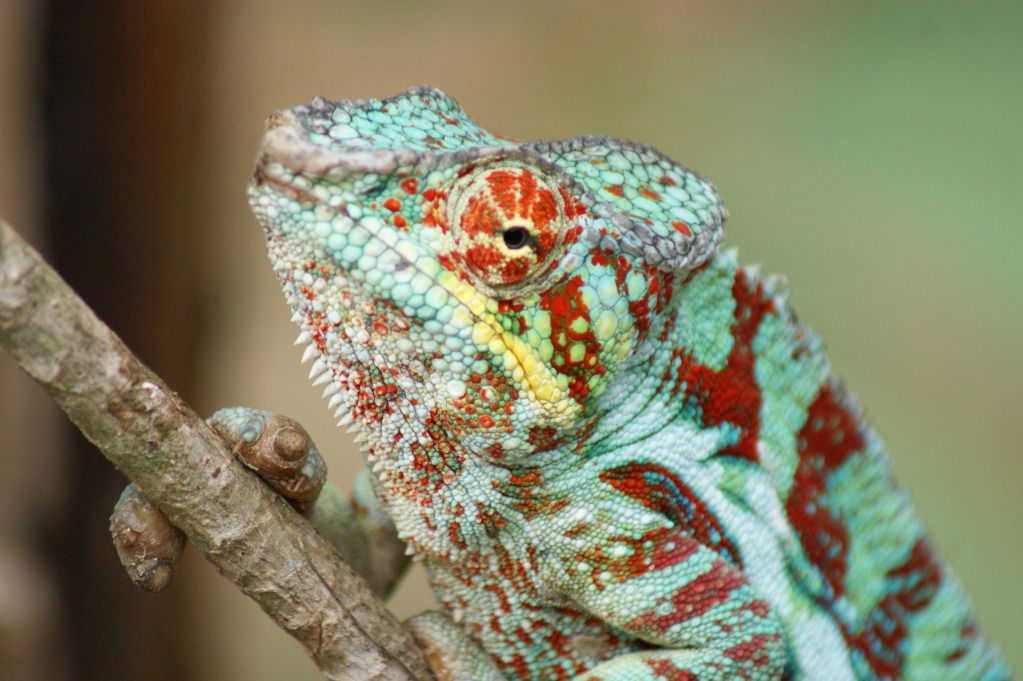
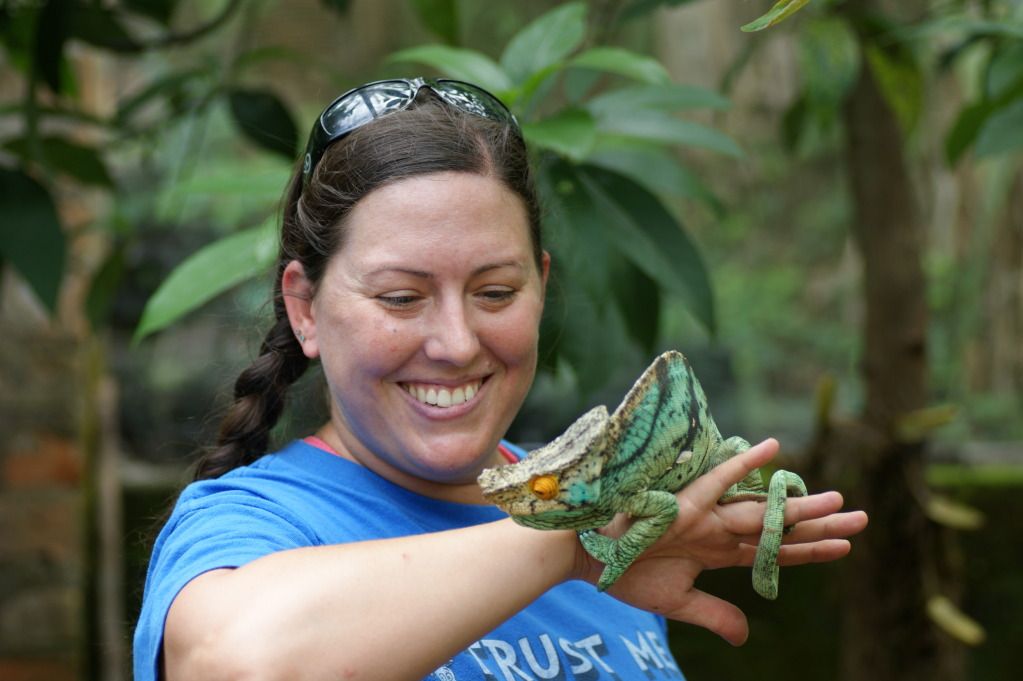
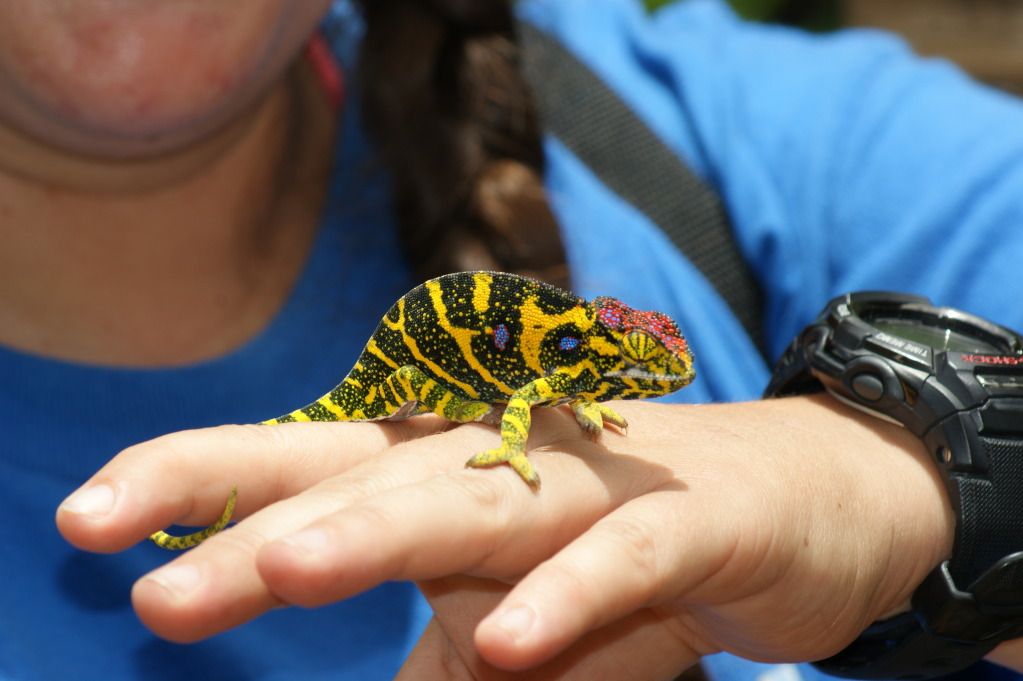
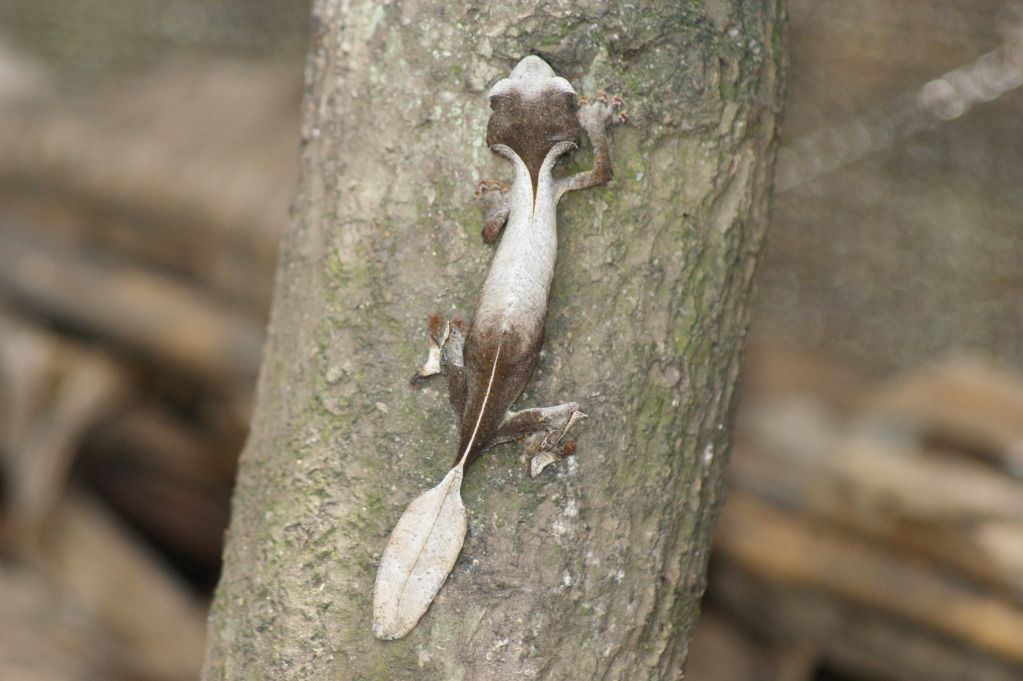
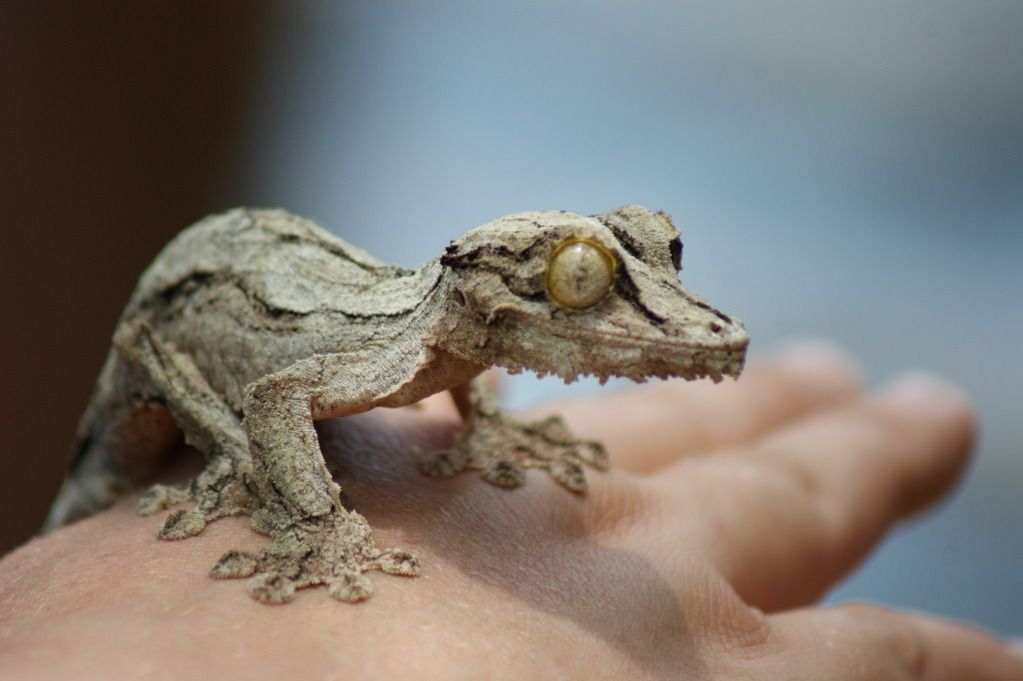



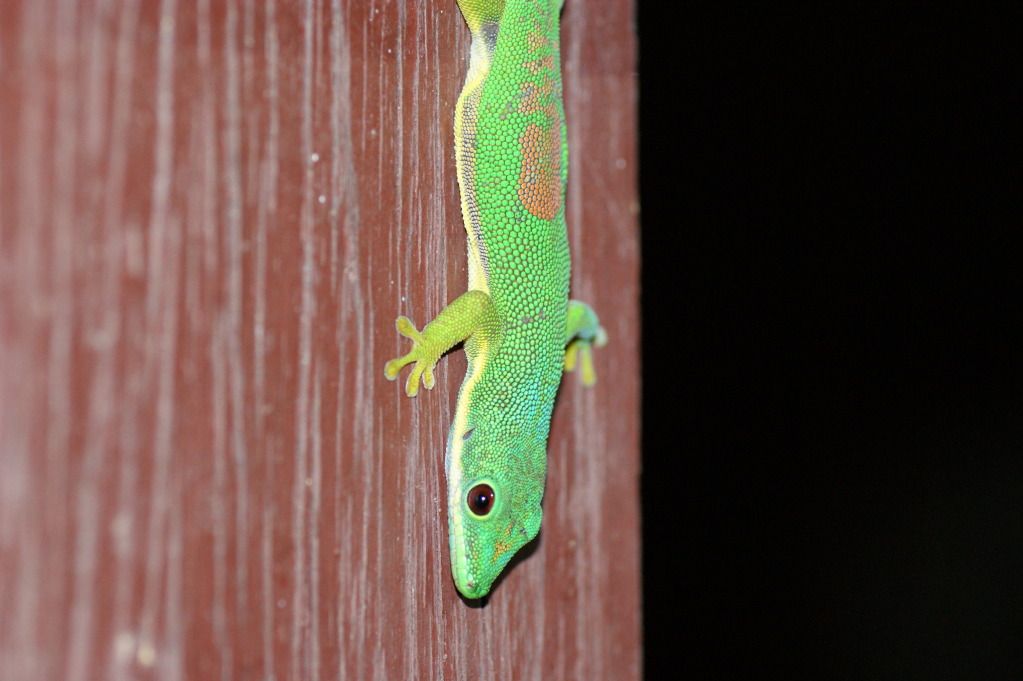

-
Find alternatives with fewer bones.
Good idea, but I don't think it would make a difference. Bones were prevalent in every meal, and you simply spat them on the table (or the floor, depending on the establishment).

-
I'll see what I can dig up. I also spent some time in Madagascar beforehand...could put a few pics up if you're keen?
-
Good points, Henward.
I found it really interesting that some animals were regarded as very special (i.e., swallows) and were automatically protected and revered, whereas other animals (i.e., turtles) have always been regarded as a food item. It's just how it is, and there is no easy way to change a long-standing and traditional aspect of a culture. Admittedly, I did have a few "Why am I bothering?" moments...China is a very challenging place to do turtle conservation, but a fascinating place as well. I am hoping to head back next year.
-
Did I miss something? herps?
I meant folk's collections of frogs and reptiles...not venereal disease

-
welcome back

Thanks, Mark. Hope you are doing well. I'd love to catch up soon

-
I find the best way to save a species is to eat it.
You get people who are more dedicated to breeding them and raising them, Worked with Tigers...
Fair enough. Red-eared sliders are rampant over there, but apparently the Chinese consider them "inferior" to the native (and endangered) species. Many more native species make it into the dinner pot, unfortunately.
Any ideas on how to change a long-ingrained, cultural way of thinking?
-
Long time, no forum.
For those who don't know me, I did a PhD on exotic reptiles in NZ (http://researcharchive.vuw.ac.nz/bitstr ... sequence=1). Again, a big thank-you to those of you who took part in my Salmonella survey.
I've spent a large portion of this year in China doing native turtle conservation work (challenging in a culture that simply wants to eat them) as well as investigating the impact of introduced red-eared slider turtles on native species...
A few pics below.
Hope everyone and their herps are doing well.
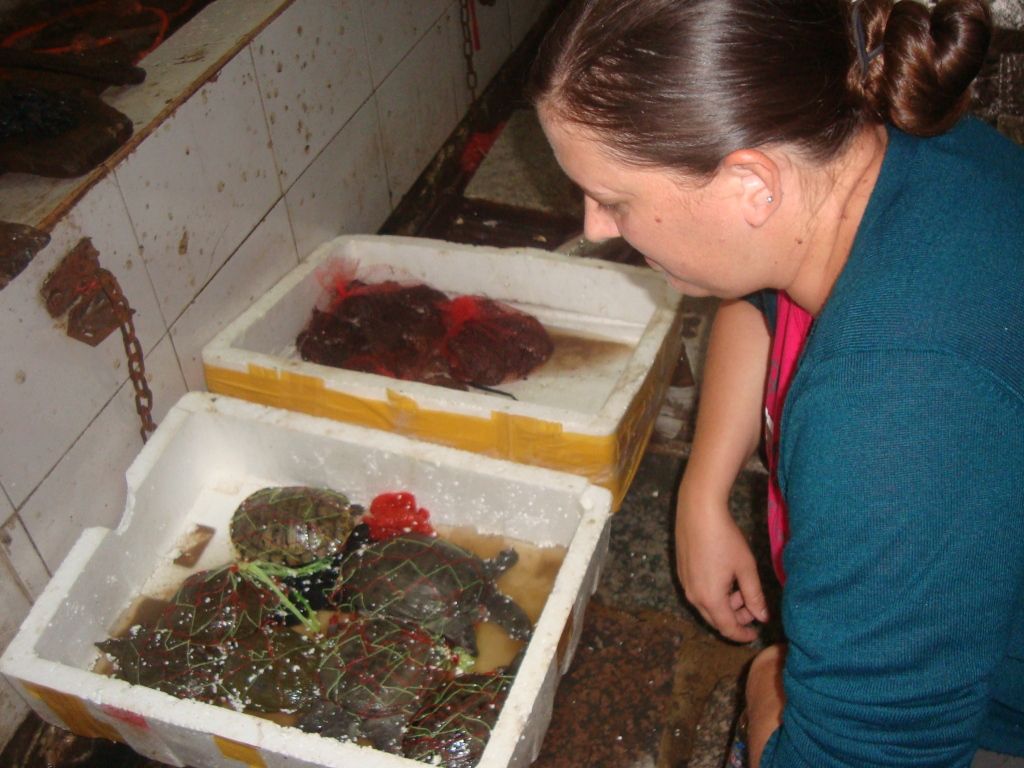 Markets.
Markets.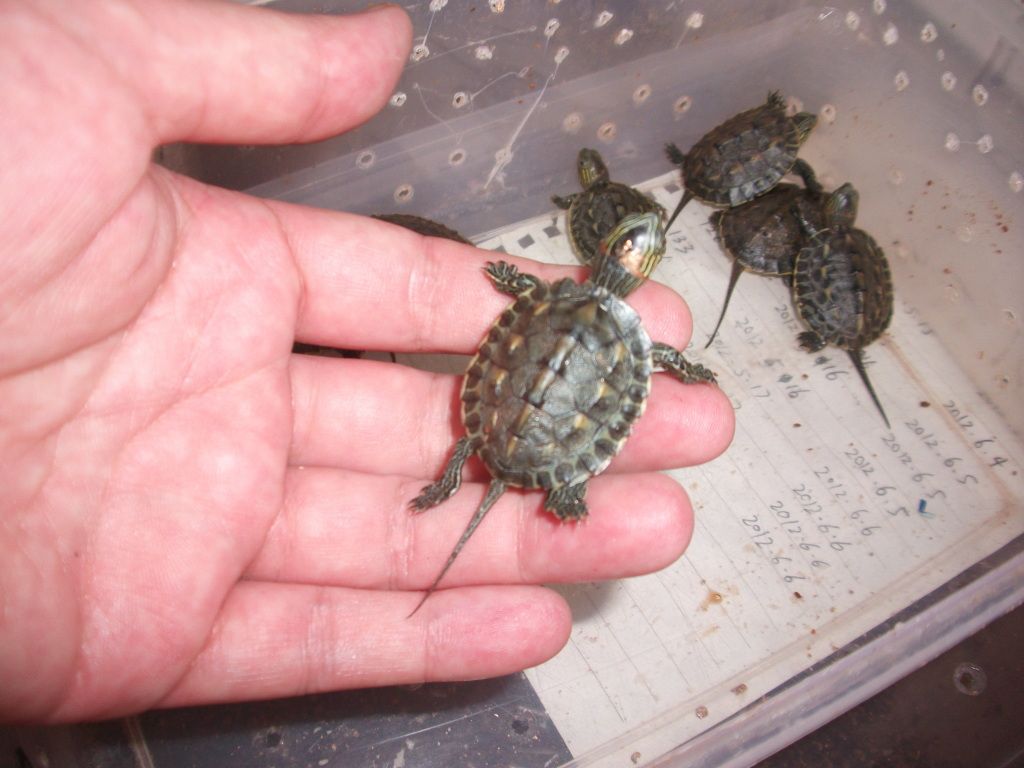 Baby Reeves at University.
Baby Reeves at University.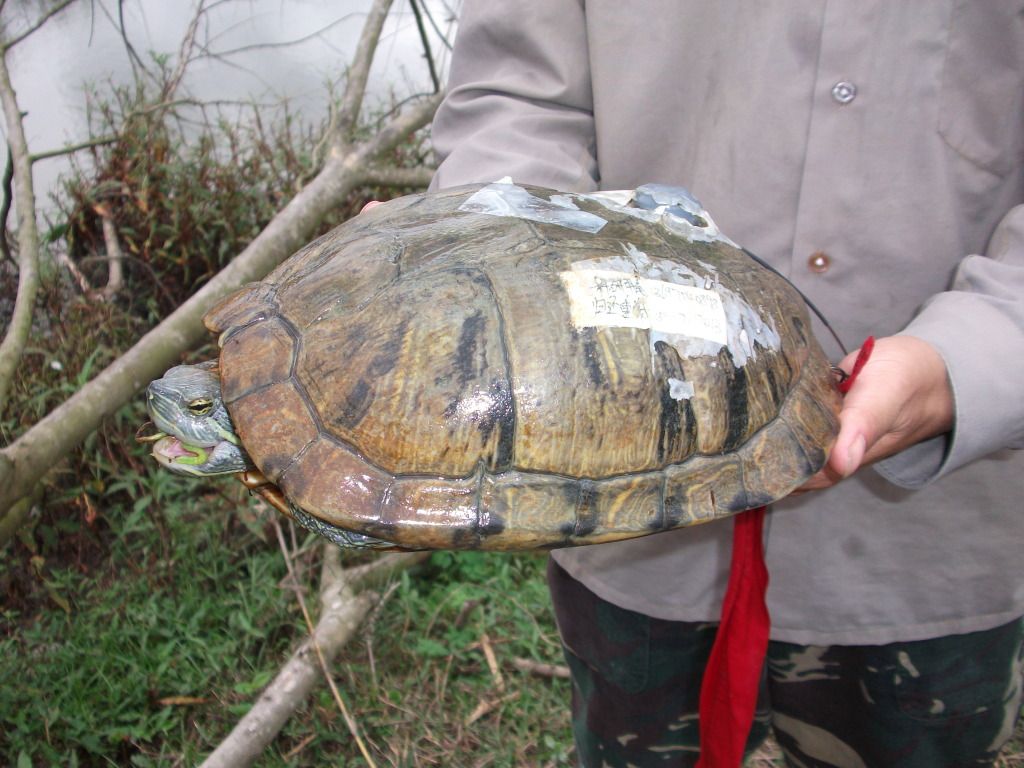 Big red-eared slider.
Big red-eared slider. -
-
Yup, Donna, these are on my list, but no luck yet in getting any donated. Will try some more pet shops when I am in Welly this weekend. Fingers crossed

-
Also, thanks heaps to ExoticReptilesNZ for the amazing care package. You would be amazed how just about every single thing in that care package became useful in the last 24 hours.
Yay, I'm glad it was useful. It was just extra stuff I had around the house. If anyone in Wellington wants to send any supplies down to Donna/Alan/Jennifer/anyone in need, let me know. I am back and forth between Wellington and Christchurch every week (After graduation I picked up some work in the insurance industry in order to pay the bills and am now running around like a headless chicken!). Anyways, I'd be glad to help transport reasonably-sized items if anyone's keen...
-
...though some days I was more thankful than others"...
Very true. Now I'm thankful to be done, although being unemployed is something else to be concerned about...At least I finally have time to build the turtle pond now

-
I would protect the document if I were you.
Good advice, and much appreciated. However as the thesis is publicly available through the uni library, I just thought I would make it easier for people who might be interested to access it.
-
Hi everyone,
As promised, the results of my research are now available. Table of contents listed below. If you're interested in the full document, PM me your email address and I can send you a copy. I'd be keen to hear what you think.
Cheers,
Heidy.
Table of contents:
Chapter 1: Exotic reptiles in New Zealand: Introduction and Overview 11
Invasive species 11
Stages of Invasion 13
Predicting invasions 14
Invasive reptiles 17
Invasive reptiles in New Zealand 19
Some potential threats posed by invasive reptiles to New Zealand 25
Thesis structure 26
Statement of Authorship 29
Literature cited 30
Chapter 2: Using online trading tools as a method of estimating propagule pressure of an invasive species: A case study using red-eared slider turtles in New Zealand 38
Abstract 38
Introduction 39
Methods 41
Study Species 41
Data collection 42
Results 43
Discussion 48
Turtle sales and losses 48
Usefulness of online trading tools 50
Literature cited 52
Chapter 3: Minimising false-negatives when predicting the potential distribution of an invasive species: a bioclimatic envelope for the red-eared slider at global and regional scales 54
Abstract 54
Introduction 55
Methods 58
Data sources 58
Bioclimatic modelling 59
Results 64
Discussion 70
Global predictions and the climate envelope for RES 70
Assessing potential for establishment at a regional level (New Zealand) 71
Climate Envelope Approach 73
Choice of model metrics 73
Conservation and Management Implications 75
Conclusion 76
Literature cited 77
Chapter 4: Predicting the potential for exotic reptile establishment in New Zealand using bioclimatic models 82
Abstract 82
Introduction 83
Methods 84
Study species 84
Data sources 90
Bioclimatic modelling 91
Results 94
Discussion 142
Climatic factors important in predicting distribution range 142
Other factors to consider when predicting establishment risk 146
Conservation Implications 147
Chapter 5: Developmental degree-day models to assess the establishment potential of red-eared slider turtles and other exotic reptiles in New Zealand 151
Abstract 151
Introduction 152
Methods 153
Study species 153
Data sources and analysis 155
Degree-day measurements from the environment 156
Results 157
Degree-day models 157
Degree-day measurements from the environment 159
Discussion 163
Red-eared slider turtles 163
Other exotic reptile species 165
Successful incubation requirements 166
Conservation Implications 167
Literature cited 169
Chapter 6: Salmonella prevalence and detected serovars associated with captive exotic reptiles in New Zealand 173
Abstract 173
Introduction 175
Materials and methods 177
Results 180
Discussion 186
Acknowledgements 192
Literature cited 193
Chapter 7: Overall establishment risk assessment of exotic reptiles in New Zealand 197
Abstract 197
Introduction 198
Methods 201
Study species 201
Selection of criteria and methods for risk assessment 202
Results 206
Discussion 214
Establishment risk of exotic reptiles in New Zealand 215
Other factors to consider in risk analyses 217
Future research directions 219
Recommendations to prevent the establishment of exotic reptiles in New Zealand 221
Literature cited 226
Appendix 1: Red-eared slider turtle (Trachemys scripta elegans) 230
Appendix 2: Snake-neck turtle (Chelodina longicollis) 239
Appendix 3: Reeves turtle (Chinemys reevesii) 245
Appendix 4: Blue-tongue skink (Tiliqua spp.) 249
Appendix 5: Bearded dragon (Pogona spp.) 255
Appendix 6: Australian waterdragon (Physignathus lesueurii) 261
Appendix 7: Tortoises (Testudo spp.) 266
Appendix 8: Leopard gecko (Eublepharis macularius) 270
Appendix 9: Supplementary Information for Chapter 3 273
Appendix 10: Supplementary Information for Chapter 4 282
Appendix 11: Supplementary Information for Chapter 5 301
-
done recently by one of our more learned forum members
some of our reptile members chose to take part in the study
Yup, I found that, overall, exotic reptiles in NZ had higher rates of Salmonella than natives, but rates were still heaps lower than overseas. As Alan mentioned, beardies tested positive more often than other species.
I've recently handed in my PhD thesis (for those of you who don't know, it involves conducting establishment risk assessments for commonly traded exotic reptiles in NZ) and it is currently under review. Once that's sorted, I'll happily send copies to anyone that is interested.
In the meantime, I happen to be in Christchurch for about a week. Would anyone be keen to get together?
-
What would be the difference (exoskeleton digestion-wise) between the beetles and roaches? I've seen darkling beetles often for sale as live food down here.
-
-
In America here, I find advertisements all over the town for baby pet hedgehogs and squirrels

The hedgehogs available in the States are usually the African Pygmy variety (I had one when I was there; they are pretty cool, but illegal in some States), not the European variety as we have in NZ. Also, I have always found the Kiwi reaction to squirrels hilarious...they are fascinated by them. Just an ordinary animal to Americans, but really cool to folks who aren't exposed to them on a regular basis

-
Try tortoises
No kidding. The last time I was overseas I saw a pen of scores of Hermanns hatchlings going for under 100 NZD. So frustrating!

China
in Reptiles and Amphibians
Posted
Whatever it was, it was a ridiculous amount to expect from graduate students. Apparently the landowner was notified and the pesky fisherman were banned from that particular lake.